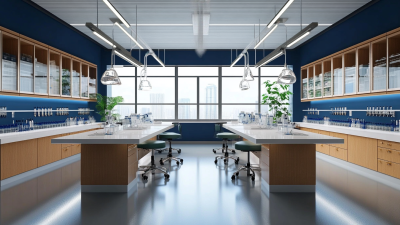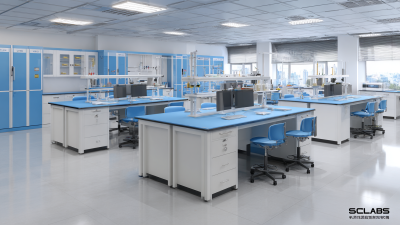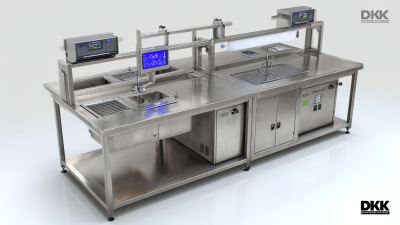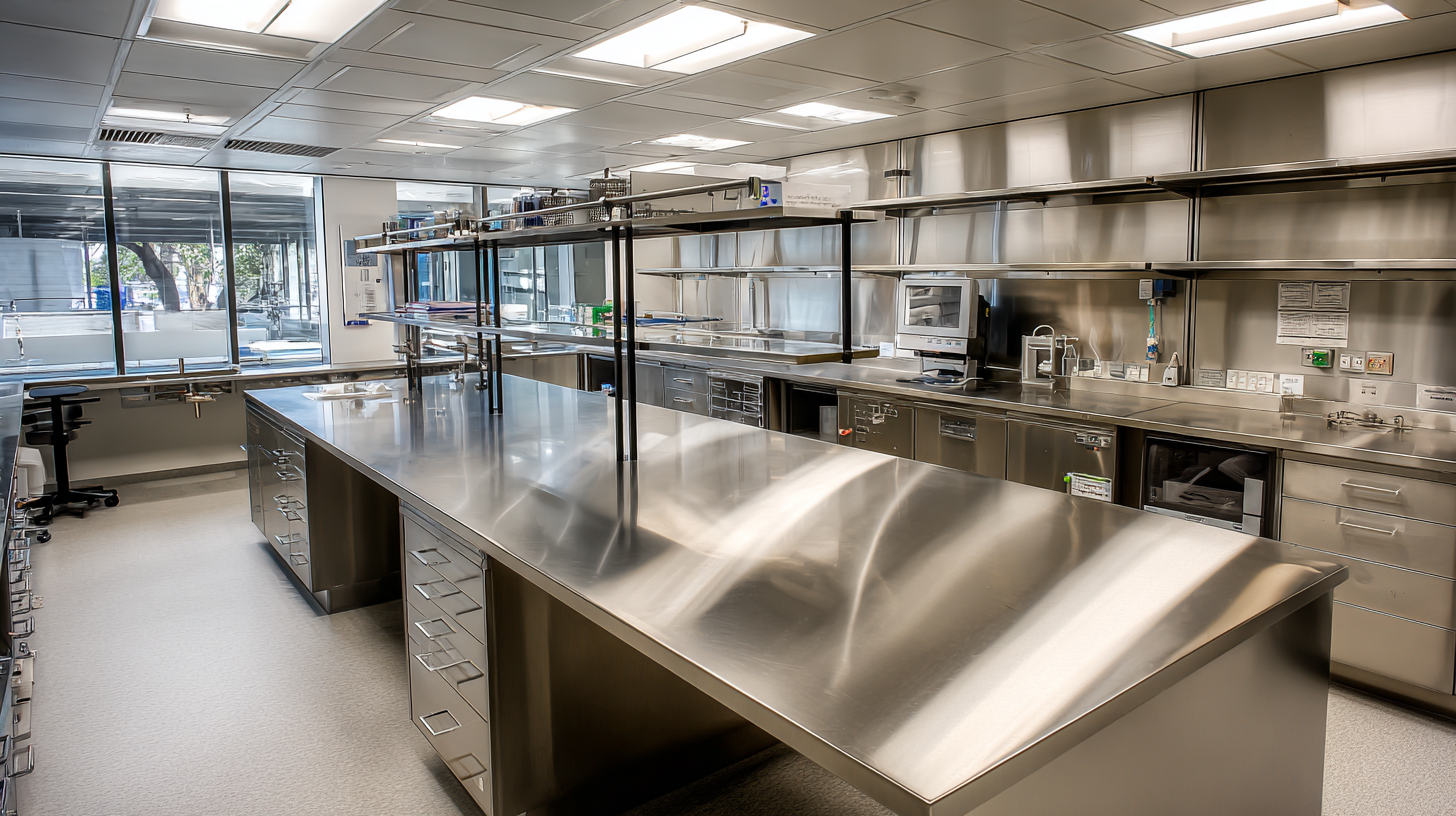 Choosing the right equipment for laboratory spaces is crucial for achieving optimal functionality and safety, especially when it comes to selecting a Stainless Steel Lab Bench. According to a recent report from the Lab Equipment Manufacturers Association, over 70% of lab professionals cite workspace organization as a key factor in enhancing productivity and reducing errors.
Stainless steel benches are increasingly favored for their durability, resistance to corrosion, and ease of cleaning, making them a preferred choice in various research environments, from pharmaceuticals to biological sciences. Furthermore, the global market for lab benches is projected to grow significantly, with stainless steel options leading the demand due to their longevity and hygienic properties.
Thus, understanding the critical features and specifications of Stainless Steel Lab Benches is essential for creating an efficient and compliant workspace.
Choosing the right equipment for laboratory spaces is crucial for achieving optimal functionality and safety, especially when it comes to selecting a Stainless Steel Lab Bench. According to a recent report from the Lab Equipment Manufacturers Association, over 70% of lab professionals cite workspace organization as a key factor in enhancing productivity and reducing errors.
Stainless steel benches are increasingly favored for their durability, resistance to corrosion, and ease of cleaning, making them a preferred choice in various research environments, from pharmaceuticals to biological sciences. Furthermore, the global market for lab benches is projected to grow significantly, with stainless steel options leading the demand due to their longevity and hygienic properties.
Thus, understanding the critical features and specifications of Stainless Steel Lab Benches is essential for creating an efficient and compliant workspace.
When selecting a stainless steel lab bench, it's crucial to understand its essential features to ensure it meets your workspace requirements. One of the foremost considerations is the gauge of the steel. A higher gauge indicates thinner steel, which may not be ideal for heavy laboratory tasks. Opt for at least 16-gauge stainless steel for durability and resistance to denting or warping.
Another important feature is the type of edge on the bench. Rounded or bullnose edges not only offer safety by reducing sharp corners but also make cleaning easier, an essential aspect in lab environments where hygiene is paramount. Additionally, look for features like adjustable feet and under-shelf storage options to enhance functionality and adaptability to your workspace.
**Tips**: Always consider the weight capacity of the bench to ensure it can support your typical loads. Moreover, check if the bench is compatible with lab utilities like sinks and power outlets, which can streamline your workflow. Lastly, remember that investing in a bench with a smooth, corrosion-resistant finish can significantly prolong its life and maintain its appearance in a busy lab setting.
When it comes to optimizing your lab workspace, choosing the right size for your stainless steel lab bench is crucial. According to industry reports, the ideal lab bench should provide enough surface area to accommodate essential equipment while leaving room for workflow efficiency. For example, surveys indicate that labs with a spacious bench setup experience a 30% increase in productivity due to reduced clutter and enhanced accessibility. Evaluating bench sizes involves considering the dimensions of your existing equipment, the volume of planned operations, and the specific needs of your research team.
Additionally, future-ready labs should ask critical questions about how each workspace element contributes to overall efficiency. Research suggests that labs designed with adjustable bench sizes are better suited to adapt to changing research demands, resulting in a 25% improvement in return on investment (ROI). It's also important to account for movement and collaboration; ergonomic designs encourage teamwork, enabling researchers to share ideas and resources more effectively. Ultimately, the right stainless steel lab bench size not only enhances functionality but also transforms the dynamics of your workspace for optimal results.
| Bench Size (L x W x H) | Ideal Usage | Weight Capacity (lbs) | Material Thickness (mm) | Price Range ($) |
|---|---|---|---|---|
| 48 x 30 x 36 | Small labs, electronics work | 500 | 1.2 | 300 - 500 |
| 60 x 30 x 36 | Medium labs, teaching laboratories | 600 | 1.5 | 400 - 700 |
| 72 x 30 x 36 | Research labs, heavy equipment | 800 | 2.0 | 500 - 900 |
| 96 x 30 x 36 | Large labs, industrial use | 1000 | 2.5 | 700 - 1200 |
When selecting a stainless steel lab bench, the surface finish plays a pivotal role in ensuring durability and facilitating maintenance. According to the American National Standards Institute (ANSI), the most commonly recommended finishes for lab environments include No. 4 (brushed) and No. 8 (mirror) finishes. The No. 4 finish, with a grain that reduces the visibility of fingerprints and scratches, offers a balance between aesthetic appeal and practicality. In contrast, the No. 8 finish is not only visually striking but also provides enhanced resistance to corrosion and staining due to its smoother surface.
A study by the International Journal of Surface Science and Engineering highlighted that stainless steel surfaces can significantly affect contamination levels in laboratory settings. The report found that surfaces with a higher finish quality, such as No. 8, were 30% easier to clean and decontaminate compared to those with a lower finish. This is critical in maintaining a sterile workspace where precision and cleanliness are paramount. Understanding the implications of surface finish on not just durability, but also the ease of maintenance, will ultimately guide lab managers in making informed decisions tailored to their specific needs.
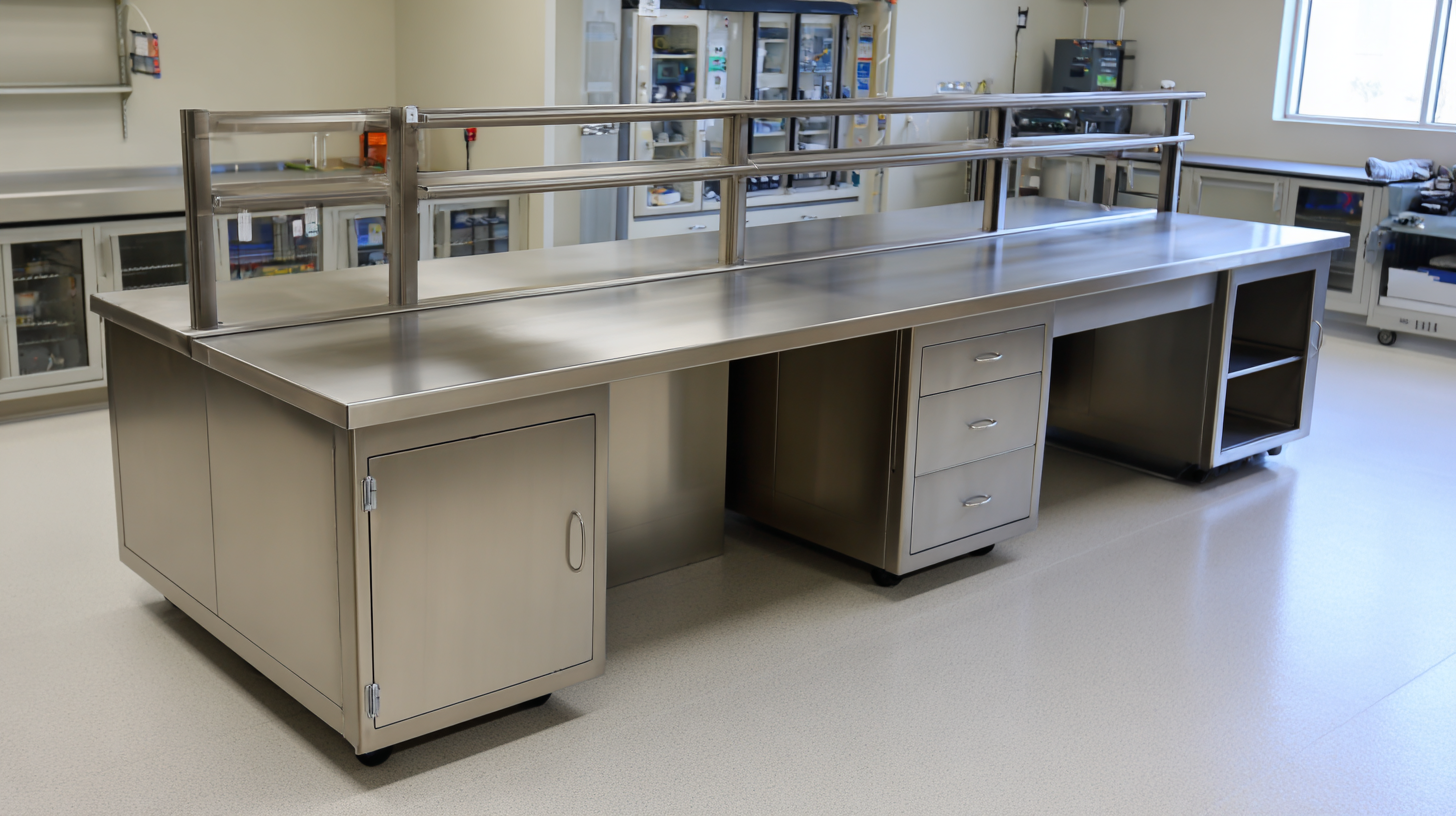 When selecting a stainless steel lab bench, the design and layout play a crucial role in enhancing ergonomics, which significantly impacts productivity and employee health. According to a study published by the Human Factors and Ergonomics Society, properly designed workspaces can reduce musculoskeletal disorders by up to 50%. A lab bench that aligns with ergonomic principles allows for a more comfortable working posture, reducing strain on the back, neck, and arms.
When selecting a stainless steel lab bench, the design and layout play a crucial role in enhancing ergonomics, which significantly impacts productivity and employee health. According to a study published by the Human Factors and Ergonomics Society, properly designed workspaces can reduce musculoskeletal disorders by up to 50%. A lab bench that aligns with ergonomic principles allows for a more comfortable working posture, reducing strain on the back, neck, and arms.
Incorporating adjustable heights and a thoughtful arrangement of tools and materials can further enhance user experience. A report from the National Institute for Occupational Safety and Health (NIOSH) indicates that ergonomic interventions in laboratory settings lead to a 30% increase in task efficiency. By evaluating the specific needs of your workspace, including the types of experiments conducted and the frequency of equipment use, you can create a functional layout that promotes better workflow and minimizes unnecessary movements.
Prioritizing ergonomics in your lab design not only fosters a healthier work environment but also supports high-quality outcomes in research and experimentation.
When selecting the right stainless steel lab bench, cost and brand reputation play crucial roles in making a budget-friendly choice. Recent industry reports indicate that high-quality stainless steel lab benches can range from $300 to $1,200, depending on factors such as size, thickness of the steel, and added features like adjustable heights or integrated storage. In comparing options, remember to evaluate the durability and resistance to corrosion, as these factors can significantly impact the longevity of the lab bench, ultimately influencing total cost savings over time.
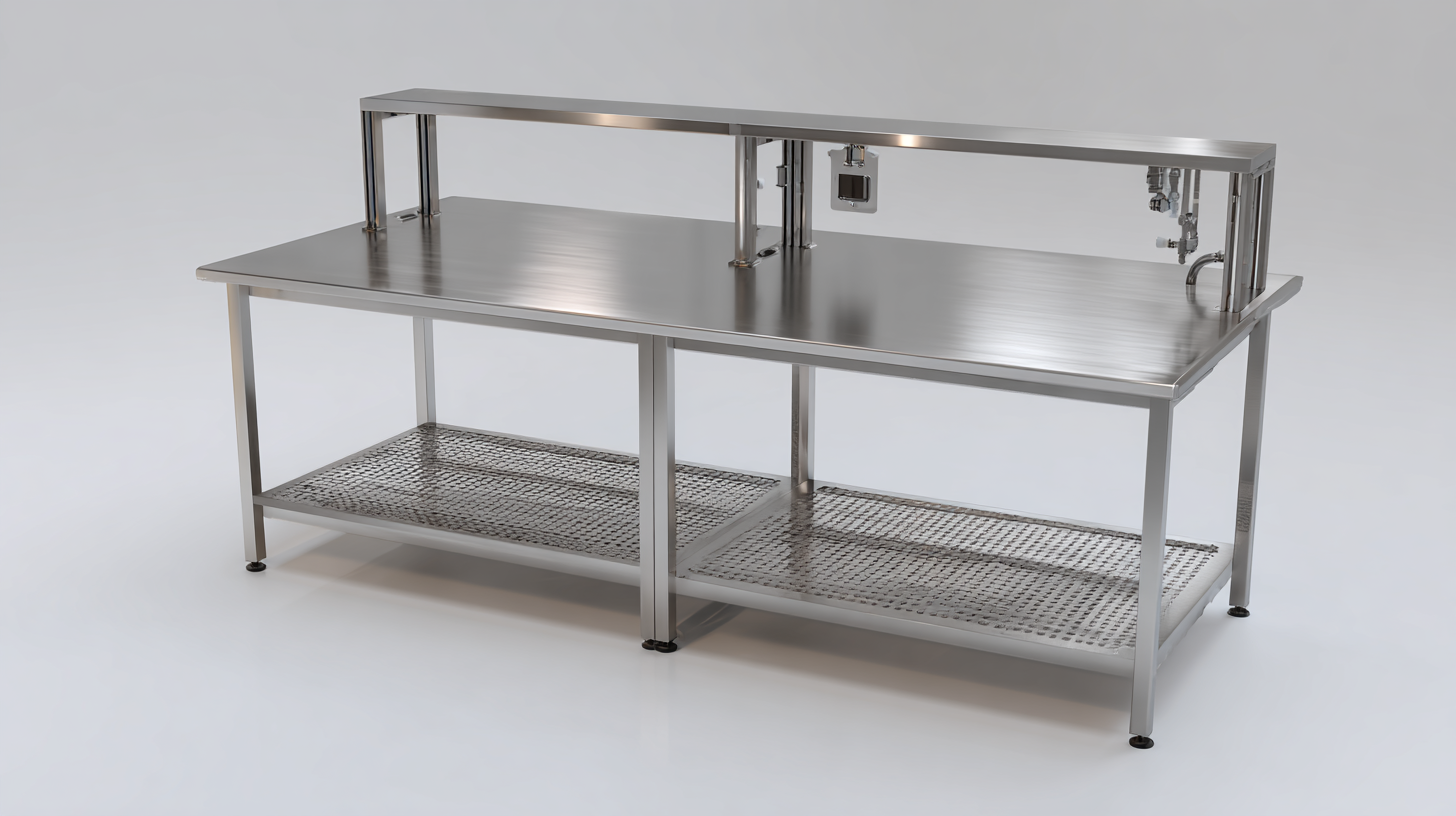
Brands like ULINE and LabX have been recognized in market analysis for their cost-effective yet reliable solutions. A survey conducted by the Lab Equipment Manufacturers Association (LEMA) found that 50% of labs prefer brands with proven track records and positive user reviews. For budget-conscious buyers, investing in lesser-known brands with strong guarantees and warranties may provide substantial savings without sacrificing quality. By conducting thorough research and analyzing customer feedback, you can ensure that your chosen lab bench meets both your financial constraints and your workspace requirements.
